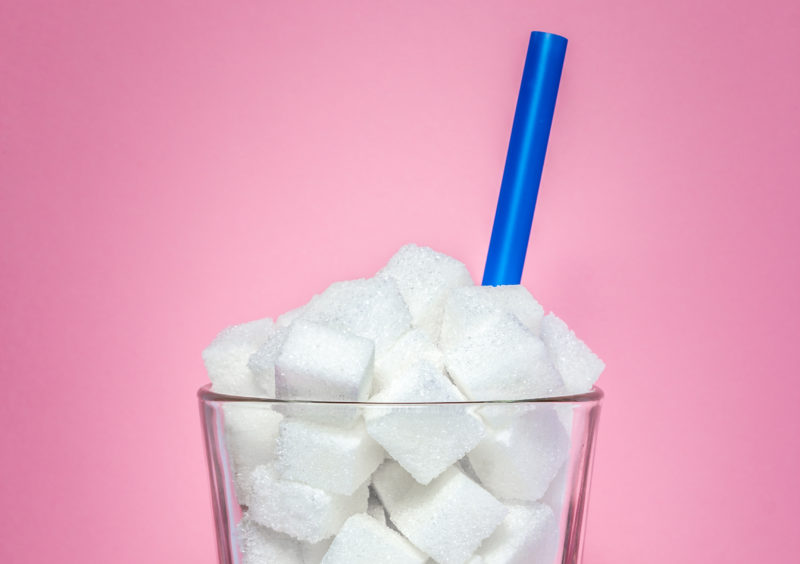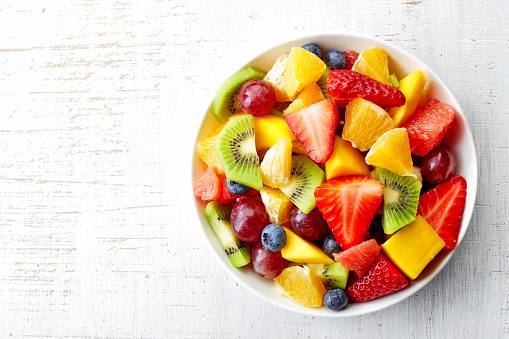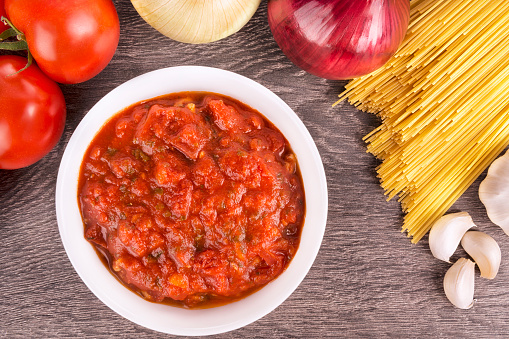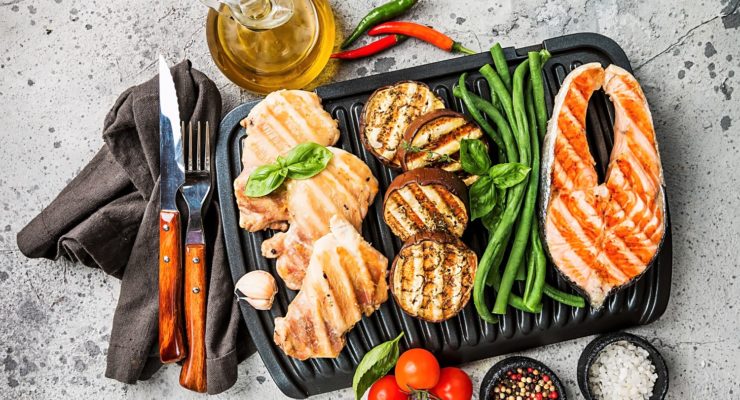The Trouble with “Going Off Sugar”
Article posted in: Diet & Nutrition
You’re drinking your coffee black, turning down dessert, and you don’t remember the last time you had soda or juice, so you’re telling everyone, “I’m totally off sugar.”
Not so fast.
Have you grabbed a handful of pretzels during a mid-afternoon slump? Eaten a sandwich? Had a juicy peach? Unless you’ve given up all carbohydrates and starches—that means healthy foods such as beans, starchy vegetables like corn and sweet potatoes, fruit, whole grain breads and cereal, and dairy products—there’s no way to go totally “off sugar.”
And you shouldn’t. Not only will you be missing out on important nutrients, you’re also going to deprive yourself of foods that can actually help you lose weight and stay healthier.
Carbohydrates of all kinds, from carrots to carrot cake, turn to sugar in your body. There’s a good reason for that. Your body uses glucose—another name for sugar—as fuel to keep going.
Here’s how it works, according to experts at the University of California in San Francisco:
Carbohydrates may be made up of single or double units of sugar (simple carbs) or a linked group of at least three varieties of sugar (and often more) known as complex carbs. Simple carbs include fructose from fruit, galactose from dairy, and glucose.
Carbs are all broken down by your body into glucose. That ups the sugar in your bloodstream which signals your pancreas, a small organ deep in your abdomen, to produce insulin, the hormonal traffic controller that tells your body whether to store glucose or burn it for fuel. As your cells absorb the glucose, blood sugar drops. Again, another signal is sent out. This one tells your pancreas to start producing another hormone called glucagon, the messenger that alerts the liver to start releasing glucose into your blood stream to keep it on an even keel.
When you eat a simple sugar (that handful of pretzels, for instance), your body turns it into glucose quickly, hastening the process by which a blood sugar high turns into a low, which can make you tired and hungry. (That hunger is just your body’s way of getting more glucose. So it’s true: Ice cream does call to you from the freezer, though using your own body’s hormones).
Complex carbs like sweet potatoes, beans or whole grain bread take longer to process into glucose than pretzels or a candy bar so you don’t get the extreme highs and lows. Your blood sugar stays even and you don’t hear the siren call of something carby or sweet.
Fiber is also a complex carb that’s found in fruits, vegetables and whole grains, but since you can’t digest it, it doesn’t raise your blood sugar levels as the other forms of carbohydrate do. It also helps keep your hunger at bay as while promoting heart health, and reducing risk of diabetes and some forms of cancer.
The sugar you should avoid is “added sugar.” That’s the sugar added to food to make it more palatable (and, frankly, to keep you coming back for more), such as cakes, cookies, sodas and ice cream. The American Heart Association recommends no more than 100 calories a day in added sugar for women and 150 calories a day for me. That’s six to nine teaspoons. One can of regular, sweetened soda contains eight teaspoons of sugar.
If you also want to sidestep those blood sugar spikes that up your appetite, take a pass on refined grain products, too. Use whole wheat bread instead of white, brown rice instead of white, and whole grain pasta instead of its pale counterpart.
Researchers at the University of Sydney in Australia found an even better way to rank carbs beyond “simple” and “complex.” They developed what’s known as the Glycemic Index (GI) which lists foods by how quickly they raise your blood sugar. (Nutrition note: Nutrisystem program is based on the GI!)
Low-glycemic foods are rated at 55 or less; a medium food is ranked at 56-69; and high GI foods are at 70 and above. Studies have found that eating low-glycemic foods help promote weight loss and may also help you avoid type 2 diabetes, the disease that results when your pancreas’ precise system of regulating blood sugar goes awry.
The good news? Your Nutrisystem plan can help keep you well within the GI guidelines. And you won’t have to worry about figuring out the science










